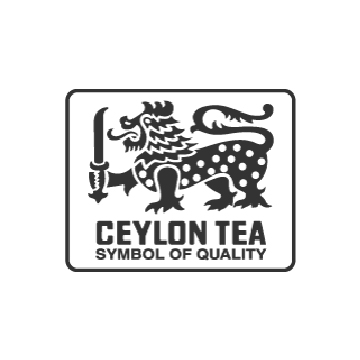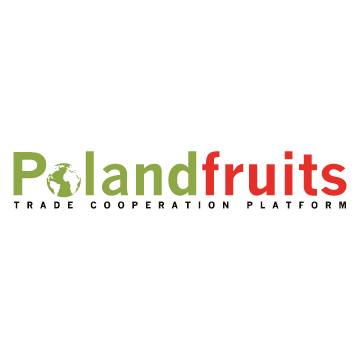The vegetables market in Saudi Arabia is expected to witness a CAGR of 3.3% during the forecast period 2018-2023
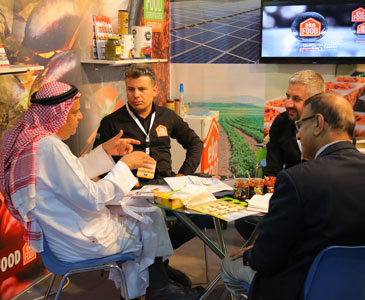
The Saudi Arabian fruits
market is expected to register a CAGR of 3.7% while the vegetables market in
Saudi Arabia is expected to witness a CAGR of 3.3% during the forecast period.
Dates and watermelons are the most widely produced fruits while potatoes and
tomatoes are the most widely produced vegetables in Saudi Arabia. With regards
to fruit, the main import sources were some countries in the region, including
Egypt, Turkey, India, and also China, Chile and the US. For fresh vegetables,
the primary import sources were Egypt, Jordan, the Netherlands, China, India
and the US.
The conditions in Saudi Arabia
are unfavorable for the cultivation of most fruits and vegetables, with only
1.67% of arable land in the total land available. Saudi Arabia has the highest
production of fruits and vegetables among all the GCC countries. The country
was the largest producer in the GCC region, due to its favorable government
policies for domestic production of fruits and vegetables. Due to the growing
consumption of fruits and vegetables, Saudi Arabia tried to boost its
agricultural output by increasing productivity so that nation could be
self-sufficient. The country could not continue with this level of production
due to the scarcity of water resources. This again increased the GCC countries’
reliance on import of fruits and vegetables. Due to the scarcity of water, the
GCC countries’ domestic production can never satisfy its domestic consumption.
To avoid complete reliance on fruits and vegetable imports the Saudi government
has formulated policies that encourage farmers to grow crops that require low
water, over crops that consume more water.
Agriculture accounts for 85% of the water
consumption in the country. Most of the water utilized for the cultivation of
fruits and vegetables is drawn from ground water resources and desalination
plants. Water from these plants is highly subsidized; hence, the government
plans to diversify the type of crops grown in the region to those that consume
less water.
Source: Research and Markets

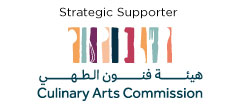






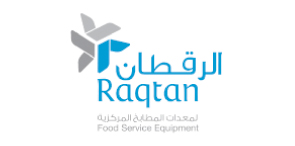


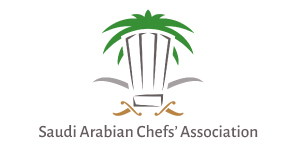






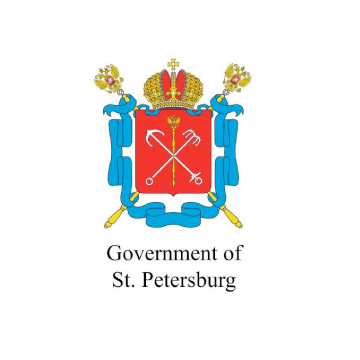
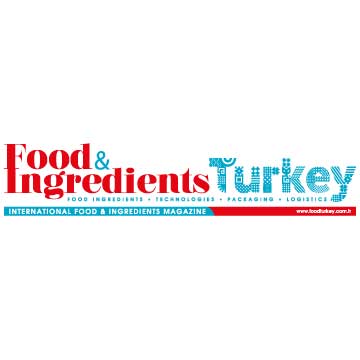


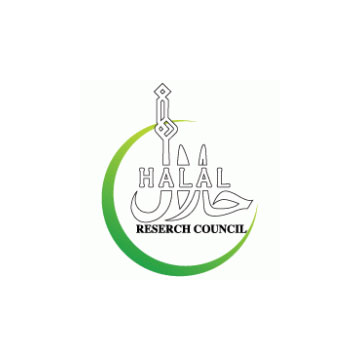
.jpg)


